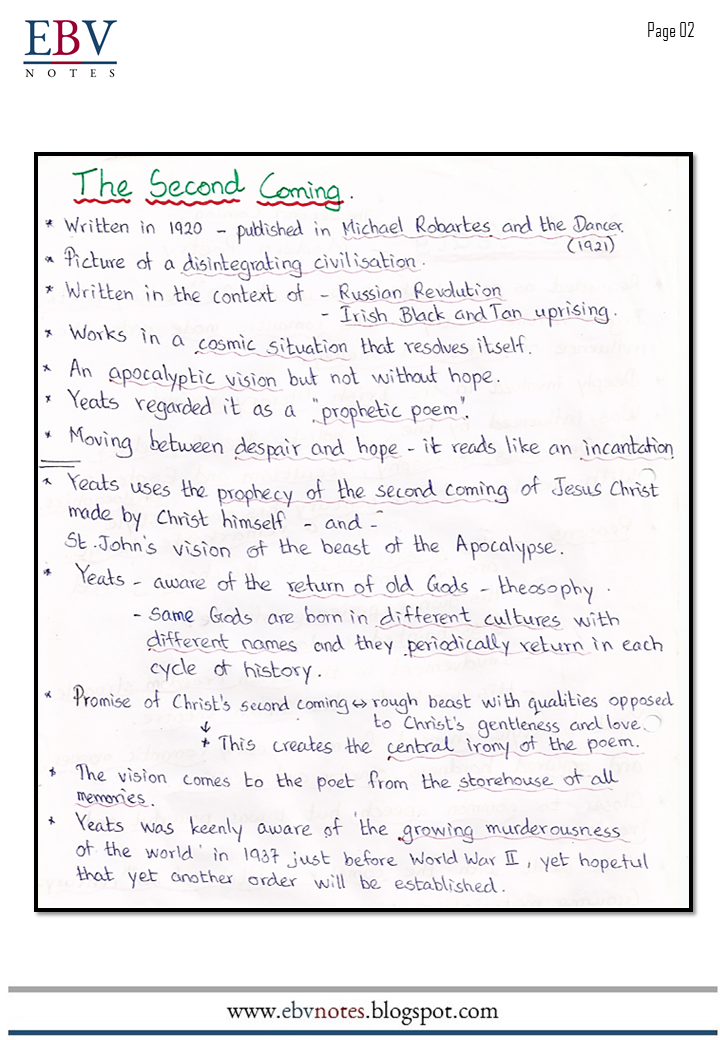Presenting an innovative method to learn phonetic transcription in the classroom, experimented among my students. The students had prepared few packs of cards with phonetic symbols written on them. As the words, phrases and sentences are read out by the facilitator, the students, working in groups, work just like a team in a Formula One PITSTOP would work. As groups competing with each other, they had to share the various duties and arrange the symbols in order, on a rope or table, with accuracy, and to finish it first, to earn their points. It was interesting to see the students involve in the activity with utmost interest and fun. Positively reinforced, the students were able to learn and realise the various difficulties in pronunciation with comparison to the received pronunciation. This initial conception could be developed with further initiatives.
|
Introductory Phonetics.
Year 2, Semester 01- B.A. in Languages
Department of Languages and Communication Studies,
Trincomalee Campus,
Eastern University, Sri Lanka.
26.09.2017













































